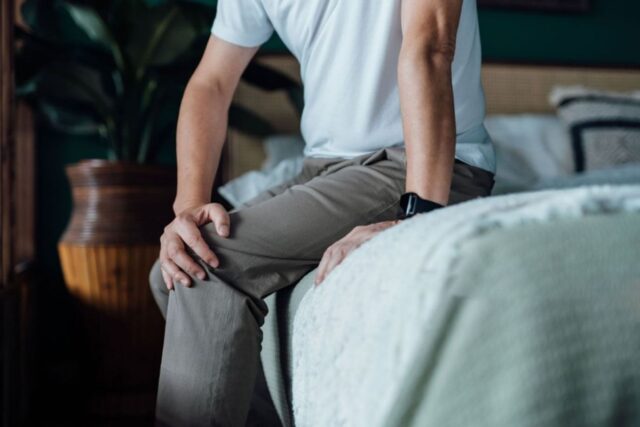Osteoporosis affects one in three women and one in five men over the age of 50. Osteoporosis is characterized by a decrease in bone mass, or Bone Mineral Density (BMD), which causes minor bone damage and raises the risk of fracture. In our formative years of infancy and adolescence, we developed bone mass; in contrast, as we age, we tend to lose bone mass. By the age of 30, the majority of people reach their maximal bone mass. Osteoporosis is more likely to affect women, particularly those who are post-menopausal.
Because of this, failing to take necessary safeguards when young may result in a serious weakening of the bones in later years of life.
We thus provide you with several lifestyle changes that, if implemented at a young age, can maintain the health of your bones and joints:
Nutrition – For a healthy life, one needs a balanced diet that includes fruits, vegetables, grains, legumes, and dairy products. Bone health depends on dietary vitamins and minerals including vitamin D and calcium, magnesium, and potassium.
The Recommended Dietary Allowance (RDA) for calcium is 1,000 milligrams (mg) per day for individuals aged 19 to 50 and for males aged 51 to 70. For men and women who are 71 years of age and older, the dosage is increased to 1,200 mg per day.
Calcium and phosphorus are abundant in milk, cheese, yogurt, dark green vegetables, poultry, and cooked eggs.
For your body to absorb calcium, you need vitamin D. The recommended daily allowance (RDA) for vitamin D for adults is 600 international units (IU) per day. For persons 71 years of age and above, the suggested daily intake rises to 800 IU.
Vitamin D is abundant in milk, soy, mushrooms, cod liver oil, and egg yolks. Sunlight stimulates the production of vitamin D under the skin.
Levocarnitine, vitamin E, and other necessary amino acids are beneficial for muscular health. Consult a qualified dietitian if necessary.
Exercise – Calorie burn during exercise is equally crucial.
Adults and children should exercise for at least 30 to 60 minutes each day to maintain healthy muscles and bones.
For strong bones, try cycling, lifting weights, doing endurance workouts, and walking uphill with a light backpack. Additionally, exercise increases muscular strength, aids in maintaining a healthy posture, and provides joints with appropriate stability. In order to particularly improve bone health, physical exercise should load (stress) the bones.
Weight-bearing and brief vigorous activities, such as gymnastics, basketball, volleyball, running, leaping, dancing, and soccer, can be incorporated into a child’s normal routine after they reach the age of eight and teenagers.
Consuming alcohol and smoking can lower bone mineral density. Stop drinking alcohol, chewing tobacco, and smoking.
Maintaining proper posture while sitting and standing might assist to avoid joint and back issues.







